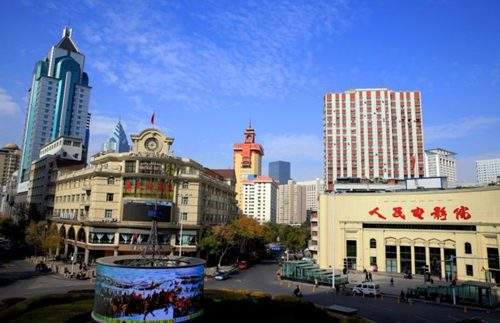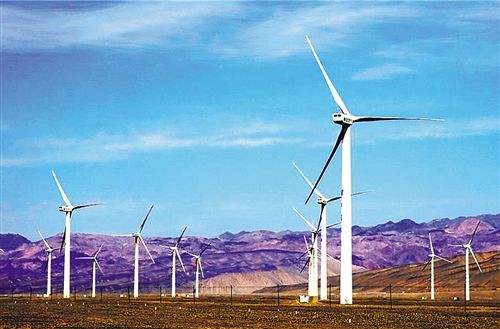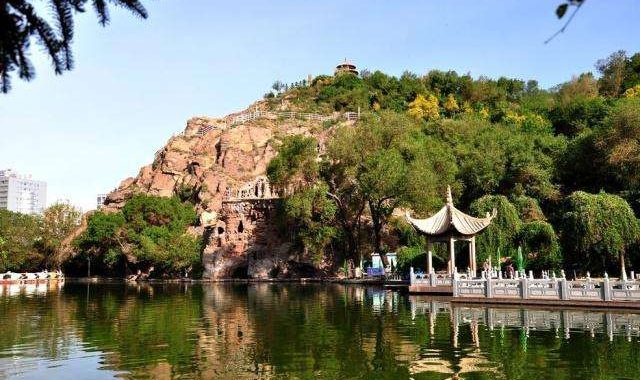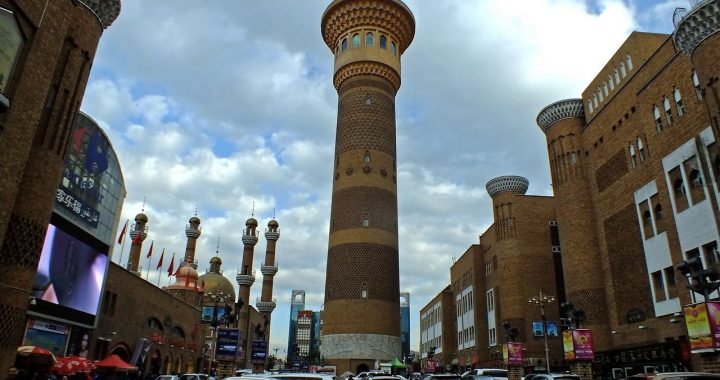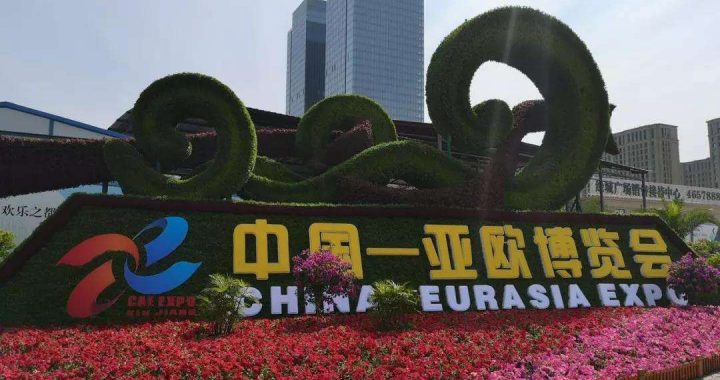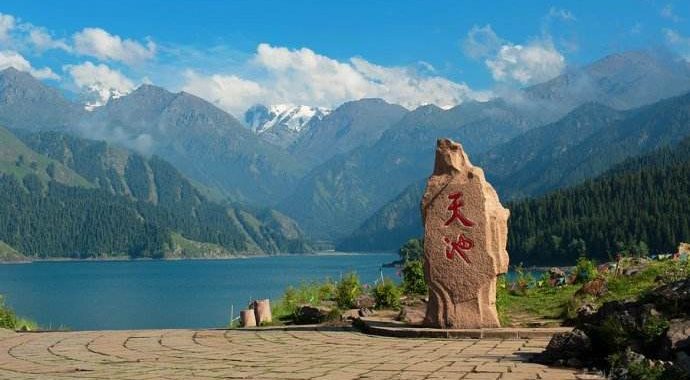Land of Splendors at the Foot of Mt.Tianshan
4 min readThe yellow land, green cotton fields, white cotton, and colorful cotton cloth, this is the land of splendors at the foot of Mt. Tianshan.
The geographical and climatic conditions in Xinjiang are suitable for the cultivation of cotton. However, there were only 15 cotton textile manual factories before 1949 due to historical reasons, with the annual output of only 83,000 Yuan, and most of the cotton cloth was imported from the mainland and the former Soviet Union.
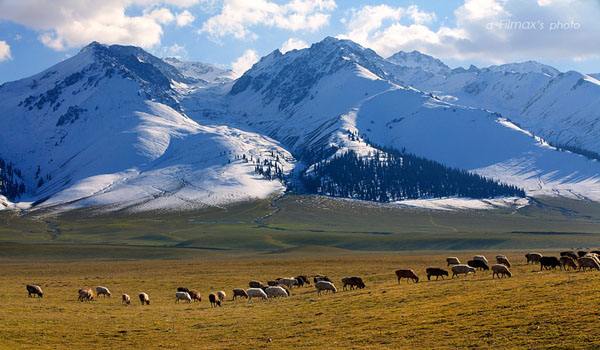
In 1950, the People’s Liberation Army in Xinjiang prepared to construct a cotton mill, and in 1953, the first cotton mill-Qiyi Cotton Mill was established. This modern cotton mill opened the prelude of the modern textile industry in Xinjiang with its 31,700 cotton spindles and 1,224 modern looms.
Xinjiang took full use of cotton, wool, silk and other superior resources, and built a number of cotton, wool textile enterprises, producing a great quantity of cotton, wool, silk, and linen, and the quality was gradually improved.
My mother, is worker in the textile industry for 30 years. In 1982, my mother who had been working in the Tianshan Weaving Factory for 16 years, was transferred to Qiyi Textile Factory, it is the most glorious time of Qiyi Textile Factorys. It owned Plant I, Plant, Plant llI and Plant IV, as well as printing and dyeing factory, etc.
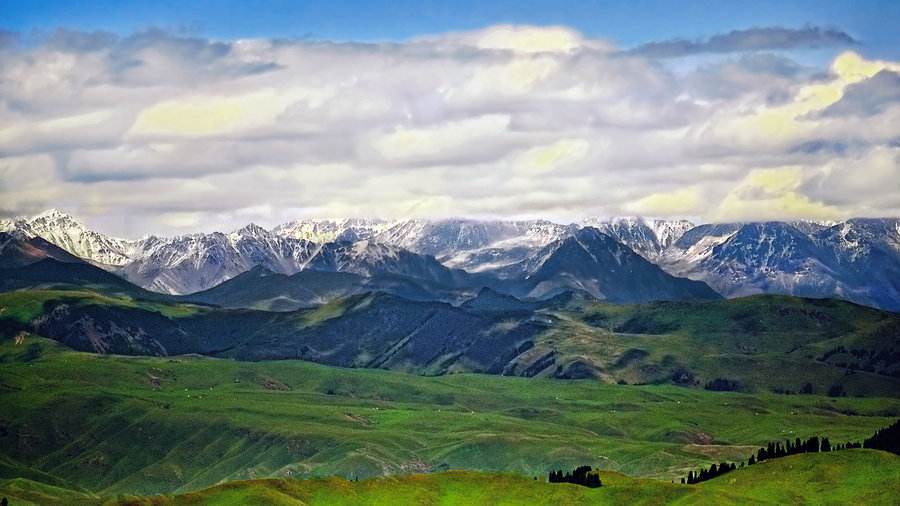
Although they were all eight hours, but because the middle shift and night shifts were against the laws of the human biological clock, so it is really hard work. During the childhood, I had to brought the dinner for my mother who was on middle shift. Textile workers dressed in white, and wore a white hat, kept shuttling between machines, this is really unforgettable in my mind. Machines were roaring and it is unbearably hot in the mill for all seasons. Whenever I found my mother, I was always surprised at her sweat rolling from the forehead. Mother and her workmates called the textile machine as clack machine.
Because of the roaring clack sound, many workers put the cotton ball into the ear. So many textile workers had bad ears even before the retirement. Even so, many workers after retirement were willing to teach the new apprentices by the newly built textile factories.
Later, subject to market shocks, coupled with high production costs, aging equipment, and many other factors, textile products had suffered years of losses. In 2002, Xinjiang Textile Group, which Qiqi was belonged to, was reorganized.
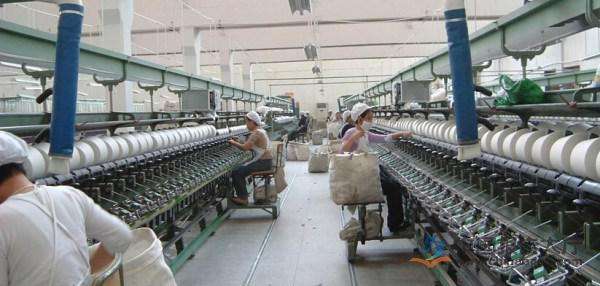
Worsted cotton fabric production plant of Tianshan Textile Group In 2010, it was made clear in the national textile industry restructuring and revitalization plan that “to support Xinjiang to make full use of the advantages of cotton resources, develop the cotton textile industry according to market demand, and construct the production bases of cotton yarn, cotton cloth, and cotton textiles. “So in that year, the development ideas of Xinjiang textile industry was identified as “two cities, seven zones, and one center”, “Two cities”refer to Shihezi City and Aksu City; “Seven zones”refer to Kuitun City, Korla City, Kashgar City, Bole City Hutubi County, Shaya County, and Bachu County; and “One center”refers to Urumqi International Textile Trade Center.
The issued national textile industry restructurin and revitalization plan accelerated the pace of mainland cotton enterprises to enter into Xinjiang. Many famous cotton enterprises in Shanghai, Zhejiang, Jiangsu, and Shandong, etc. and some overseas enterprises have been attracted by the high-quality cotton resources in Xinjiang, and at least 30 enterprises have entered into Xinjiang.
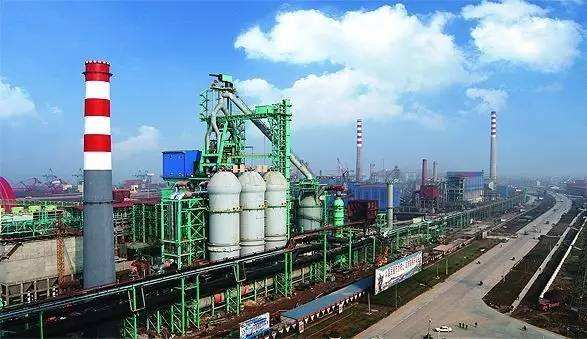
For recent decade, the implement of the policies of large enterprises and groups, brought a strong textile industry. One after another cotton textile giant entered into Xinjiang: the Esquel Group has settled in Urumqi; Shandong Ruyi Group has invested Aksu cotton yarn; Jiangsu Aoyang has started producing artificial fiber in Changji City; Zhejiang Youngor has been envolved into the spinning and weaving in Bayinguoleng Mongol Autonomous Prefecture and Kashgar; Jiangsu Huafang has entered into Shihezi; Shandong Luthai into the yarn market of Aksu; and Zhejiang Golden Eagle has produced flax in Yili…
Where are the markets of these cotton products Xinjiang has a certain domestic demand market and markets in Central Asia, due to the similar sense of clothing styles and colors between ethnic minorities in Xinjiang and nationalities in Central Asia, the clothing production in Xinjiang is more aligned with the clothing demand of nationalities in Xinjiang and Central Asia.
The ginnery in Shihezi City Xinjiang is endowed with the advantages of becoming the most influential clothing production base and the bridgehead for exporting to the west. Xinjiang has the country’s best cotton, the finest wool. Meanwhile, the cost of labor in Xinjiang is low, electricity is adequate, facilities are improved. “Made in Xinjiang” will become the first choice of people in the clothing market in the near future.

